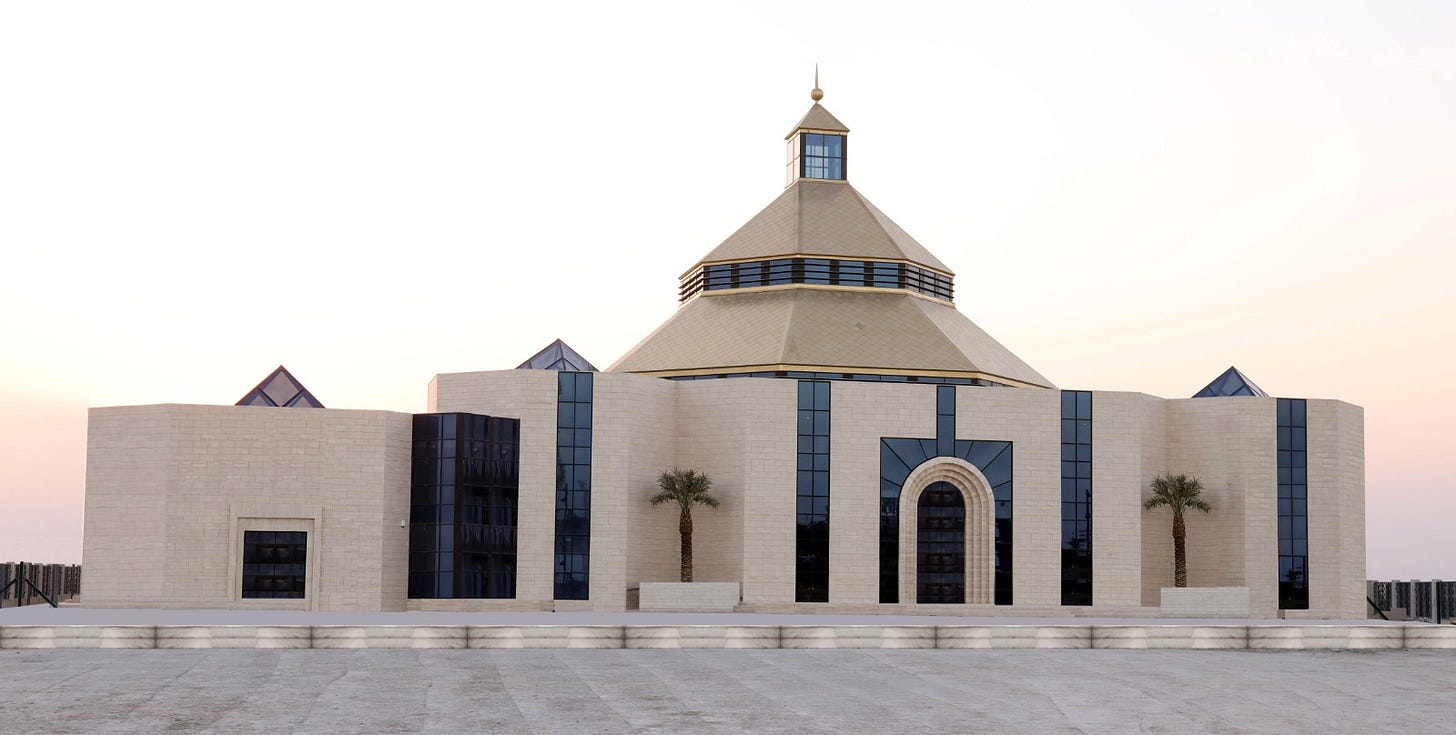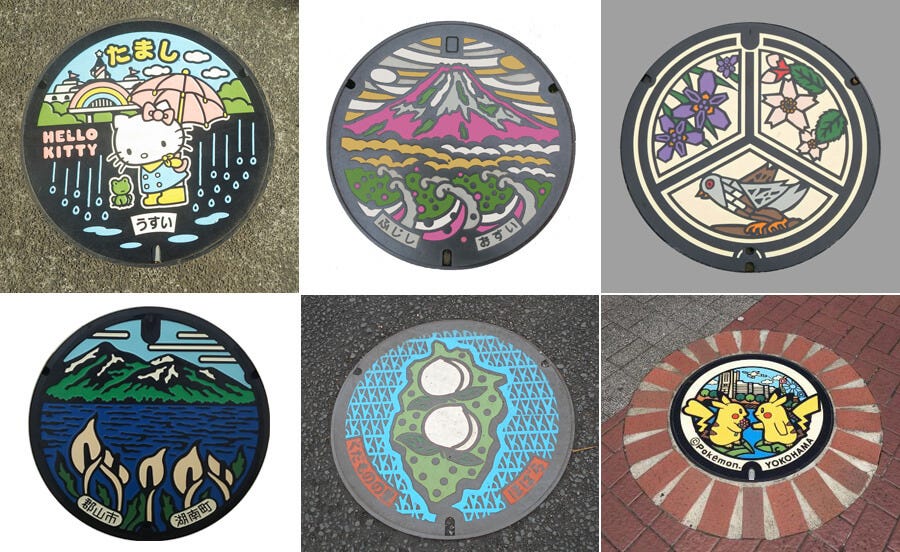The architecture of obedience
Beauty once connected us to the transcendent; now convenience keeps us compliant.
One month ago, a young British author and historian, Sheehan Quirke, posted his first video on YouTube. It was called “How Did the World Get So Ugly?” and in just four weeks, it racked up nearly three million views and more than 16,000 comments.
Three million people watched this mop-headed, clever, mustachioed man stand by the River Thames, compare two lampposts, and remind us that the world used to care about beauty.
These viewership numbers tell you something. We are starving for beauty.
In the first minute of his film, Quirke compares two London lampposts — one modern, gray, and utilitarian; the other from the 19th century, intricate and ornate, with sculpted sea creatures. Both perform the same function, yet one makes you feel something, the other is a stark reminder of cold efficiency.
His point is devastating in its simplicity: if you want to understand a society, don’t listen to what it says about itself — look at what it builds.
When the Victorians built sewer systems, they crowned their pumping stations with domes, arches, and carved stone. They gave dignity to filth. They believed beauty was more than ornamental — it was moral. To make something beautiful was to acknowledge that even the lowest work was worthy of reverence.
A century and a half later, we build our sewage plants as concrete cubes, our offices as glass rectangles, and our homes as prefab boxes. It’s not just unsightly — it reflects a particular, modern, sterile worldview. A society of strip malls and glass boxes inspires citizens to think inside the box, making us all that much more predictable, compliant, and optimized for efficiency rather than creative wonder.
Looking back, we can see the message a particular culture leaves for the future in its architecture. From a glance at Victorian architecture, the message seems to be of a people who believed in whimsy and even transcendence. So how about our legacy? What words will future generations use to describe us?
How about clinical? Cold? Sterile? Maybe even algorithmic? Victorians built for posterity; we build for return on investment and productivity. Walk Embankment along the Thames, or Lower Manhattan in New York, and you’ll see fences, bridges and lampposts declaring that ordinary life deserved beauty.
Today, pervasive ugliness trains us to lower our expectations and accept mediocrity as normal. A world stripped of grace produces minds stripped of aspiration. A world stripped of transcendence reminds us that secularism is the only theology. The modern landscape — beige schools, gray warehouses, faceless office towers — tells us that we are not citizens in a civilization but cogs in a supply chain.
Beauty is how a culture tells its people they matter.
In the comments on Quirke’s video, many put the modern aesthetic down to cost. Ornament is “wasteful.” Decoration is “inefficient.”
But the Victorians’ lampposts were also mass-produced. Their sewer stations were made of simple brick and iron — not marble and gold. Japanese cities still cast manhole covers with intricate designs for the price of plain ones (see above). Beauty doesn’t require wealth; it requires belief. It requires hope. But, since beauty is in the eye of the beholder, some taste helps, too.
Our obsession with efficiency didn’t arise because we ran out of money, it arose because we ran out of meaning. Function replaced faith. “Good enough” replaced “good.” And soon, the entire built world began to look like the inside of a spreadsheet: optimized, soulless, measurable, empty.
When we stopped looking up
Medieval cathedrals were sermons in stone. Their ornament made the belief in God visible. Gargoyles, saints, vines, geometric patterns — each one was a line of scripture encoded in limestone. The experience was immersive. Entering to attend Mass was stepping into a cosmic map of the universe; the pinnacle of art and function that even today can take your breath away.
By comparison, modern cathedrals, like Our Lady of Arabia in Bahrain pictured at the top of this story, come across almost like parody. It looks less like a place of worship, and more like something seen on Epstein Island. In an age when we can photograph anything and instantly post it to Instagram, you’d think we’d crave beauty more than ever. But seemingly we don’t. We crave the appearance of beauty, but the kind that gets likes not the kind that endures in stone.
We’ve replaced awe with “content.” The transcendent has been flattened into spectacle. When everything is designed to be captured, nothing is built to be felt.
Modern design reflects our priorities and enforces them. Sterile architecture trains sterile habits of mind. The minimalist aesthetic that dominates corporate campuses and apartment complexes is a form of discipline. Clean lines and blank spaces communicate surveillance, transparency, and disposability. You are visible, but not known. You are comfortable, but not free.
When beauty disappears, so does resistance. To make something beautiful today is, therefore, a revolutionary act. It says: “there is more to life than utility.” It restores the axis of meaning in a flattened world.
We could rebuild beauty tomorrow. The technology exists, the materials exist, the means exist. What’s missing is the will, the wonder, and the belief in a higher power beyond AI.
A population that forgets to look to the heavens forgets to ask why. The question isn’t whether we can afford beauty. It’s whether we can afford to keep living without it.




So interesting, and true. I hadn't really realized this was occurring. I own an art gallery so Im surrounded by beauty everyday. It would do a lot for the human spirit to get really creative in all our endeavors, and bring our inner beauty out into the world.
As the world gets harsher , we need more beauty to surround and uplift us. Living in the UK I am fortunate to see the legacy of the Victorians in the building, stations and especially in lamp post. I am sad to see a beautiful old one replaced by a bland modern one, such a great example.